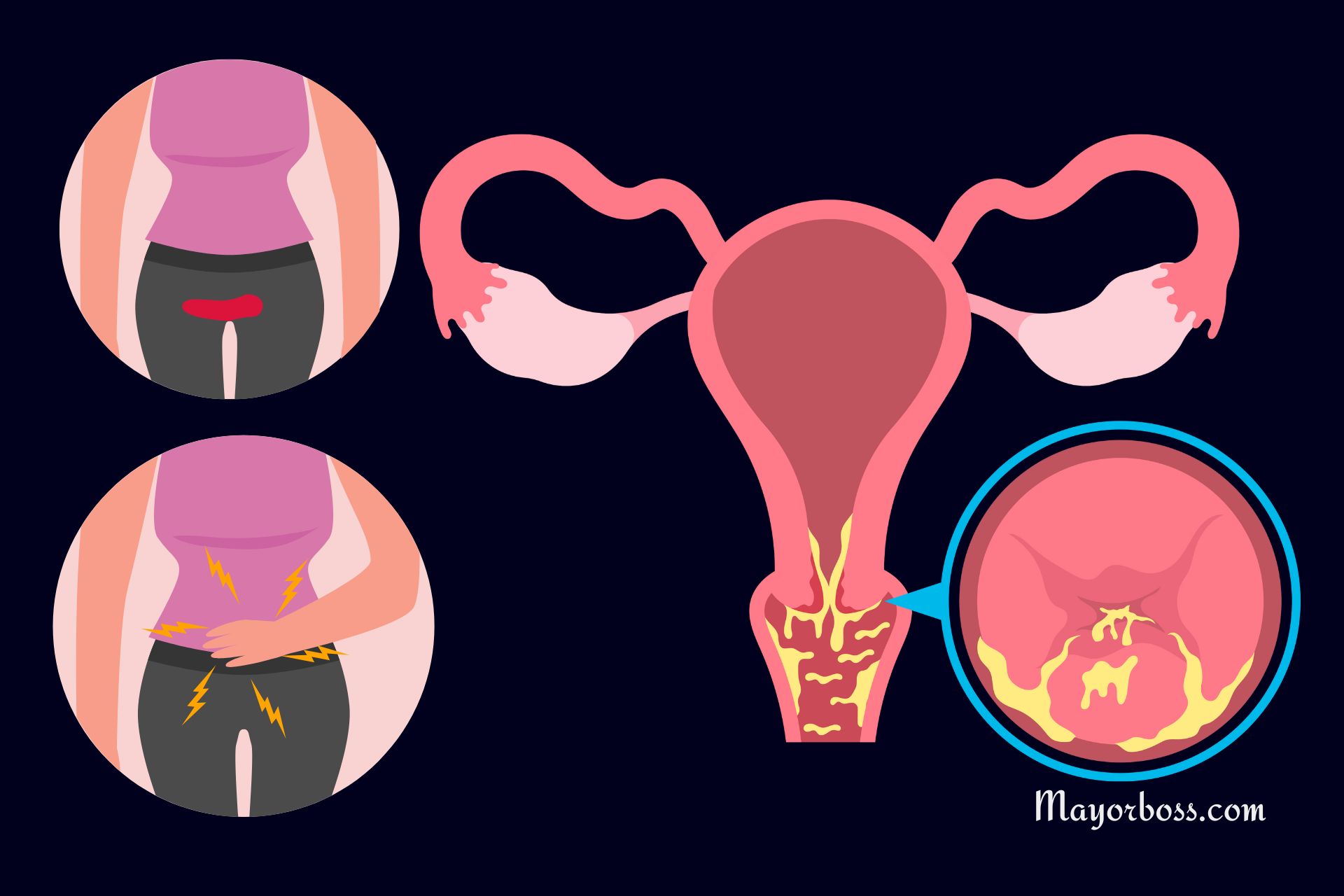What Is Metabolic Syndrome?
What Is Metabolic Syndrome? Metabolic syndrome is a cluster of conditions that occur together, raising your risk for heart disease, stroke, and type 2 diabetes. These conditions include increased blood pressure, elevated blood sugar, abnormal lipid profiles, and excess body fat around the waist. While having one of these conditions doesn’t mean you have metabolic syndrome, the more conditions you have, the greater your risk of developing serious health problems.
Why Should You Care?
So, why does this matter? Well, the conditions that make up metabolic syndrome are pretty common. If you tackle these early, you can dodge bigger health issues down the road. Not only can you reduce your risk for life-threatening diseases, but you’ll also likely feel better day-to-day.
What Are the Criteria?
To be diagnosed with metabolic syndrome, you usually need to have at least three of the following conditions:
High Blood Pressure
Having a blood pressure higher than 130/85 mm Hg can be a red flag. High blood pressure can damage your blood vessels and heart, increasing your risk for heart disease and stroke.
Elevated Blood Sugar
When your fasting blood sugar level is 100 mg/dL or higher, it’s a concern. Elevated blood sugar levels can indicate insulin resistance, where your body doesn’t efficiently use insulin.
Abnormal Lipid Profiles
High triglycerides (150 mg/dL or higher) and low HDL (“good” cholesterol under 40 mg/dL for men or under 50 mg/dL for women) can put you in the danger zone. These imbalances make it more likely for you to have plaque build-up in your arteries.
Excess Body Fat Around the Waist
For men, a waist circumference over 40 inches, and for women, over 35 inches is a warning sign. Excess fat in the abdominal area is riskier than fat in other areas, like your hips or thighs.

What Causes Metabolic Syndrome?
Multiple factors contribute to the development of metabolic syndrome. Here are some of the main culprits:
Poor Diet
Eating foods high in saturated fats, trans fats, and sugar can set you on the path toward metabolic syndrome. A diet low in fruits, vegetables, and whole grains doesn’t do you any favors either.
Lack of Physical Activity
A sedentary lifestyle makes it easier for you to gain weight and harder for your body to regulate things like blood sugar and blood pressure.
Genetics
In families where metabolic syndrome or type 2 diabetes is common, you might have a higher risk. Genetic factors can influence how your body metabolizes food and regulates blood sugar.
Hormonal Imbalances
Conditions like polycystic ovary syndrome (PCOS) in women can make metabolic syndrome more likely.
Treatment and Prevention
Treating metabolic syndrome usually involves lifestyle changes. These can include:
1. Diet Overhaul
Switching to a balanced diet rich in fruits, vegetables, and lean proteins can make a world of difference. Limiting processed foods and sugary drinks can help in lowering blood sugar and lipid levels.
2. Exercise Regularly
Physical activity is a game-changer. Aim for at least 150 minutes of moderate exercise per week, like walking or swimming.
3. Medication
In some cases, medication is necessary to control individual components like high blood pressure or elevated blood sugar. However, lifestyle changes are the foundation of any treatment plan.
4. Regular Monitoring
Consistently keeping an eye on your health markers will help you and your healthcare provider make necessary adjustments to your treatment plan.
Frequently Asked Questions
What Are the Symptoms of Metabolic Syndrome?
You might be wondering what symptoms to watch out for. Truth be told, metabolic syndrome is often “silent,” meaning you could have it and not know it. However, a large waist circumference and skin changes, such as dark patches or acne, can be visible clues. Internally, high blood sugar levels might make you feel thirsty or urinate more frequently. Keep an eye out for these signs and consult a healthcare provider for a proper diagnosis.
Can Metabolic Syndrome Be Reversed?
Good news! Metabolic syndrome can often be reversed with lifestyle changes. Switching to a healthier diet, increasing physical activity, and losing weight are effective ways to turn things around. In some cases, medication might be prescribed to manage blood sugar, blood pressure, or cholesterol levels. So, yes, with the right actions and medical guidance, you can improve your condition.
Is Metabolic Syndrome the Same as Diabetes?
Although they’re closely related, metabolic syndrome and diabetes are not the same. Metabolic syndrome is a cluster of conditions that increase your risk for heart disease, stroke, and diabetes. Diabetes, on the other hand, specifically refers to elevated blood sugar levels that occur when your body can’t properly use insulin. However, having metabolic syndrome does increase your risk of developing type 2 diabetes.
Who Is Most Likely to Get Metabolic Syndrome?
So, who’s at risk? Anyone can develop metabolic syndrome, but several factors increase your likelihood. These include age, with risk increasing after 40; ethnicity, as Hispanic and Asian individuals are often at greater risk; and family history of type 2 diabetes or heart disease. In people with obesity or a sedentary lifestyle, the chances are even higher.
How Is Metabolic Syndrome Diagnosed?
You might be curious about the diagnosis process. Metabolic syndrome is usually diagnosed through a series of tests that measure blood pressure, blood sugar, cholesterol levels, and waist circumference. You’re generally considered to have metabolic syndrome if you meet the criteria for at least three of these tests. Examples of tests include fasting blood sugar tests, lipid profiles, and blood pressure measurements. A healthcare provider will evaluate these results to make a diagnosis.






